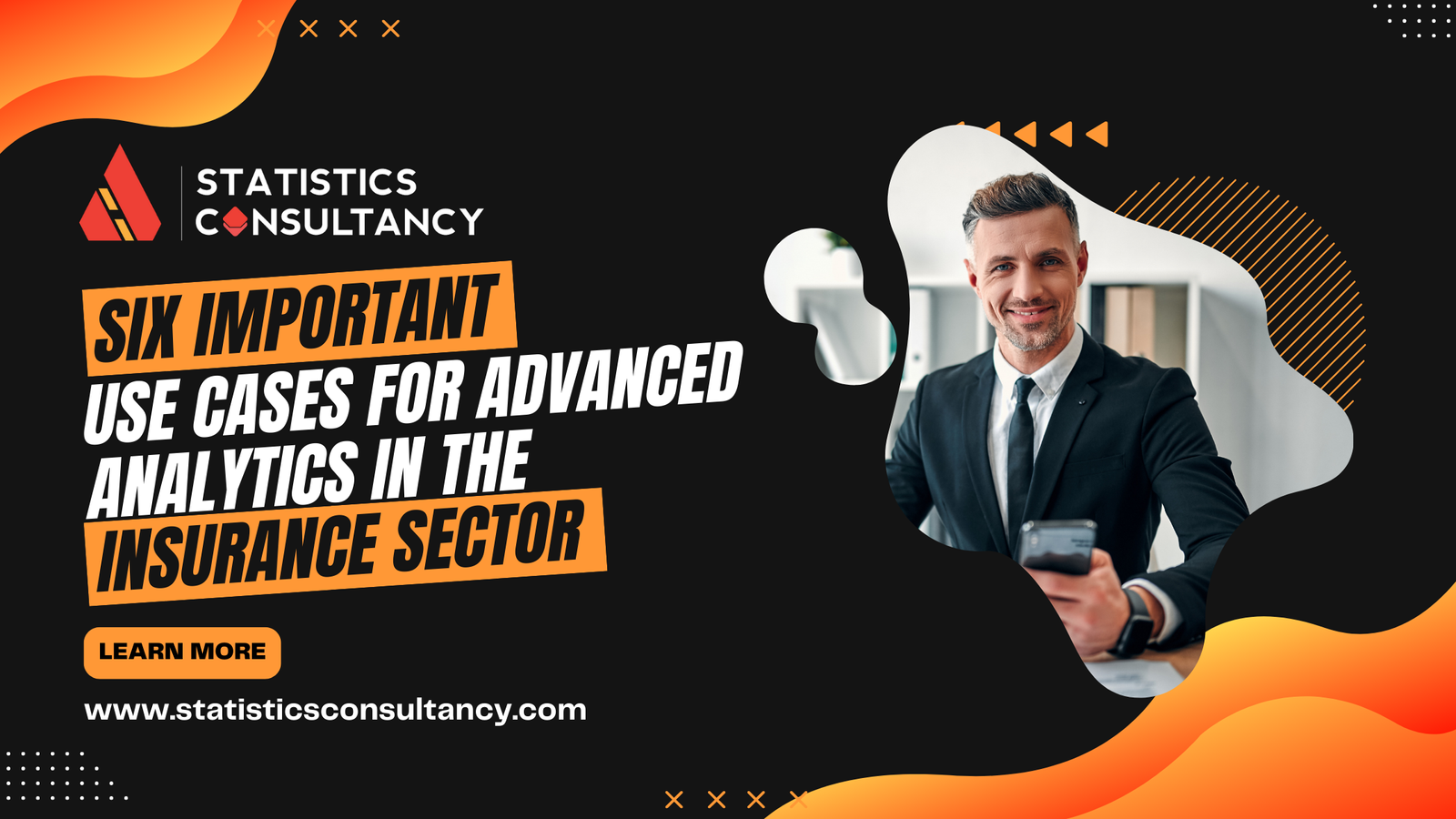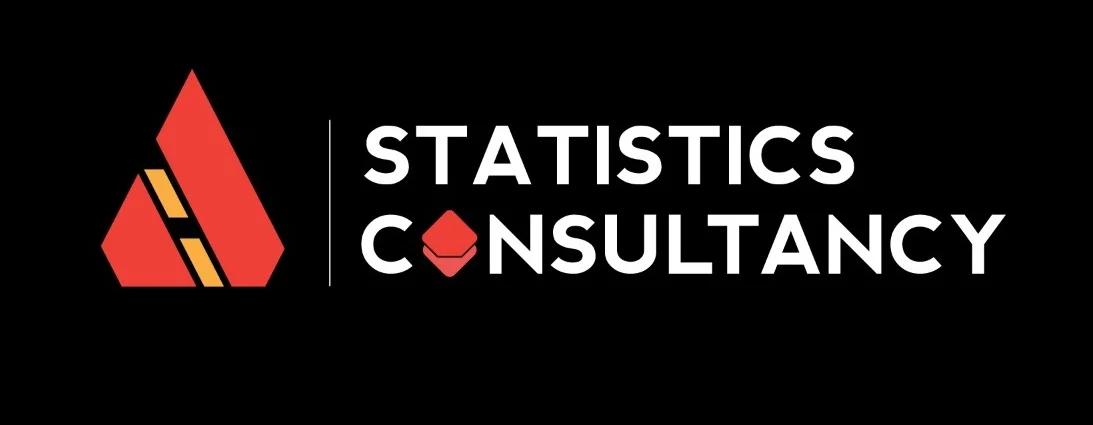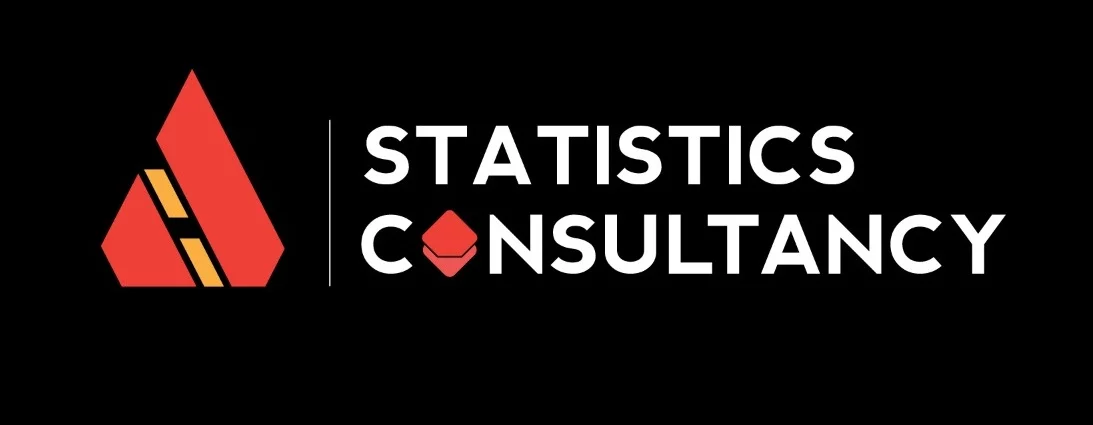
Introduction of the Insurance sector
- Some of the most challenging issues faced by the industry include navigating complex claims procedures, pricing and promotion, risk mitigation, cash repression, natural hazards, and assuring compliance.
- On account of the colossal proportion of data made every day in this market hence protection organizations have reliably relied upon estimations and data to coordinate their choices.
- By incorporating advanced analytics to meet business objectives, the insurance sector has undergone a paradigm shift in the way they operate.
- Therefore, Advanced analytics may uncover practical insights and it can be used for a wide range of corporate use cases.
Six prominent uses of advanced analytics in the insurance sector
1. The discovery of false claims.
- Every year, insurance companies incur significant losses as a result of false claims. Gartner estimates that fraudulent insurance claims result in $40 billion in annual losses.
- Moreover, as per a few safety net providers, somewhere in the range of 10% and 20% of cases end up being deceitful. And Under 20% of fake cases are found.
- Using predictive analytics, which incorporates statistical models for effective fraud detection. It is now possible to identify fraudulent behavior, dubious claims, and behavioral trends.
- To determine specific conditions that indicate the likelihood of fraudulent claims, these models analyze historical data on fraud-related actions.
- The technology halts the claim process and suggests an investigation if someone has a history of making false claims
- Additionally, predictive modeling techniques analyze fraud patterns and false claim screening
2. Real-time risk detection and mitigation of the Insurance sector.
- Since risk is inherent to the insurance industry’s business model, advanced analytics are utilized to undertake real-time risk analysis that enables firms to react quickly
- When it comes to automobile insurance, for instance, the ability to precisely analyze the risk posed by a certain driver enables businesses to create a competitive and profitable premium.
- Internet-connected cars continuously transmit a significant amount of data
- Insurance companies can now access the smallest facts, such as the car’s speed and braking style.
- By comparing a motorist’s behavioral data with their extensive database on the behavior of other drivers, insurers can precisely estimate the risk that the driver
3. Customizing Marketing Plans And Aiming at Certain Clients and customers of the insurance sector
- The idea of personalization is not new to the insurance sector.
- Customers are eager to use the services that best fit their requirements and way of life, and they seek individualized offers, rules, reward schemes, and suggestions.
- Insurance firms struggle to engage with their clients and communicate successfully with them in the age of widespread digital communication.
- Advanced analytics are used to glean insights from a large database that contains a variety of customer information, including demographic information, preferences, and attitudes.
- This enables insurance firms to deliver the most suitable and highly personalized experiences.
- Data collected from multiple digital platforms and it used to create a hypothesis or model for personalization and marketing techniques, which then adjust to the needs of the customer
- Companies can attain this goal with the help of a variety of analytical tools and procedures.
- The effectiveness of customer acquisition and the subsequent increase in a company’s insurance rates are directly related to personalizing offerings, plans, costs, recommendations, and marketing ads.
4. Influence client behavior.
- Insurance companies have also employed advanced analytics to evaluate telematics data and affect consumer behavior.
- For instance, health insurance providers can collect and analyze data from IoT devices. Wearable gadgets, such as fitness trackers, to monitor factors
- Insurance companies can offer an extensive assessment of their customers’ health by tracking their behavior and habits. By encouraging consumers to take better care of their health, insurance firms can reduce the risks associated.
- Insurance providers may also encourage clients to utilize fitness trackers by providing services and incentives.
5. Prediction of Lifetime Value.
- Customer behavior data is used to predict Customer Lifetime Value (CLV), which identifies a customer’s profitability in the business
- Employing all available consumer data, behavior-based prediction models are utilized to forecast client retention and purchase behavior
- These models shed light on potential consumer behavior, such as policy maintenance or surrender.
- since CLV reflects one of the crucial client attributes, it can also be used to design market strategies
6. Claims Forecast.
- The insurance sector is incredibly interested in making future predictions about how things will pan out
- Accurate claim projections provide risk mitigation, competitive advantage, and financial loss reduction.
- Advanced analytics accelerates some of the most difficult steps in creating financial models—processes with many moving parts
- Algorithms are created to identify correlations between a large number of variables. Find a few key characteristics that are necessary for creating a client portfolio.
- Insurance firms can create competitive and ideal rates and enhance pricing models by forecasting potential claims.
Conclusion:
- Advanced analytics is a crucial tool for the insurance sector to stay competitive.
- Early adopters are using this technology for only a few use cases. Such as managing claims or spotting fraudulent claims is already saving millions of dollars on claim costs.

